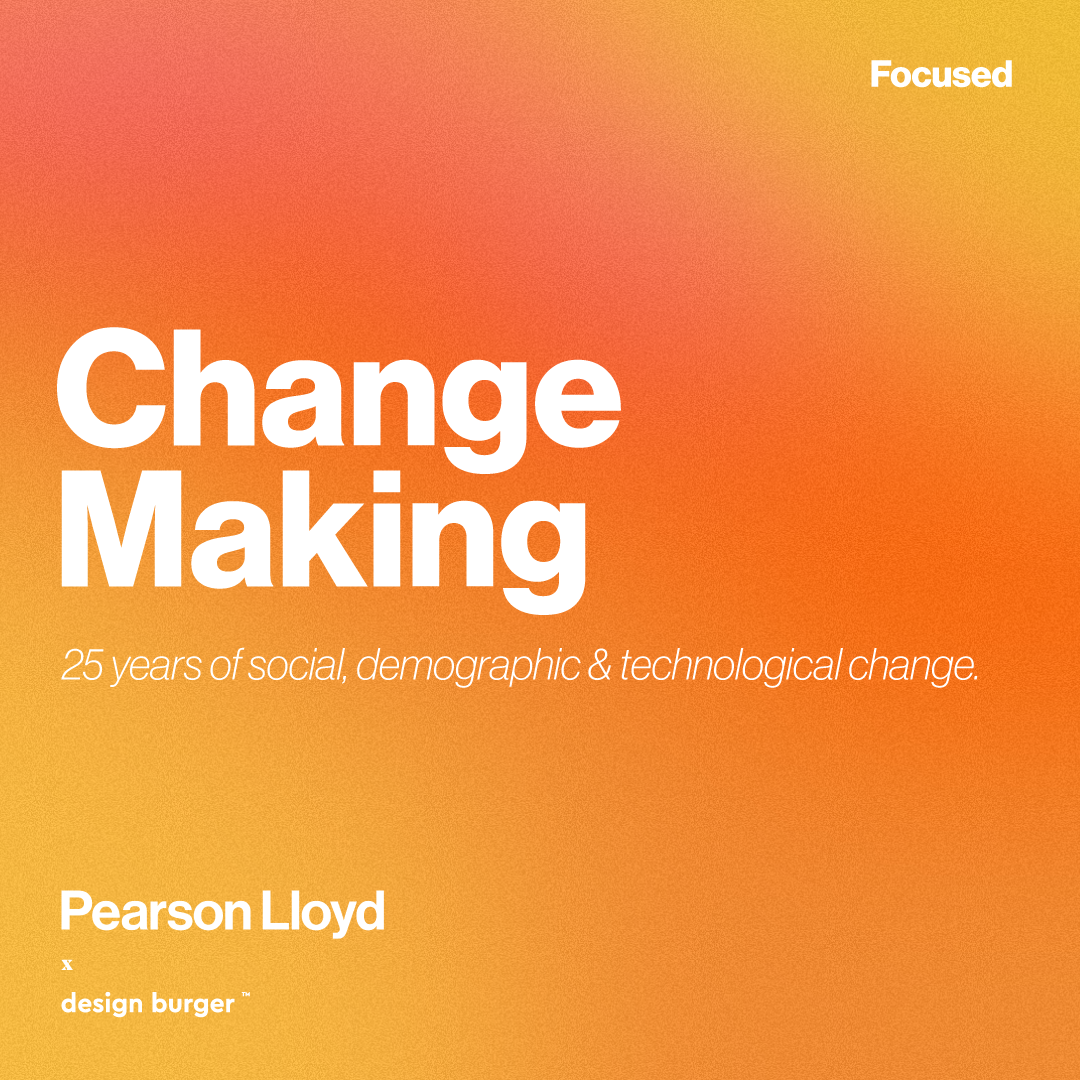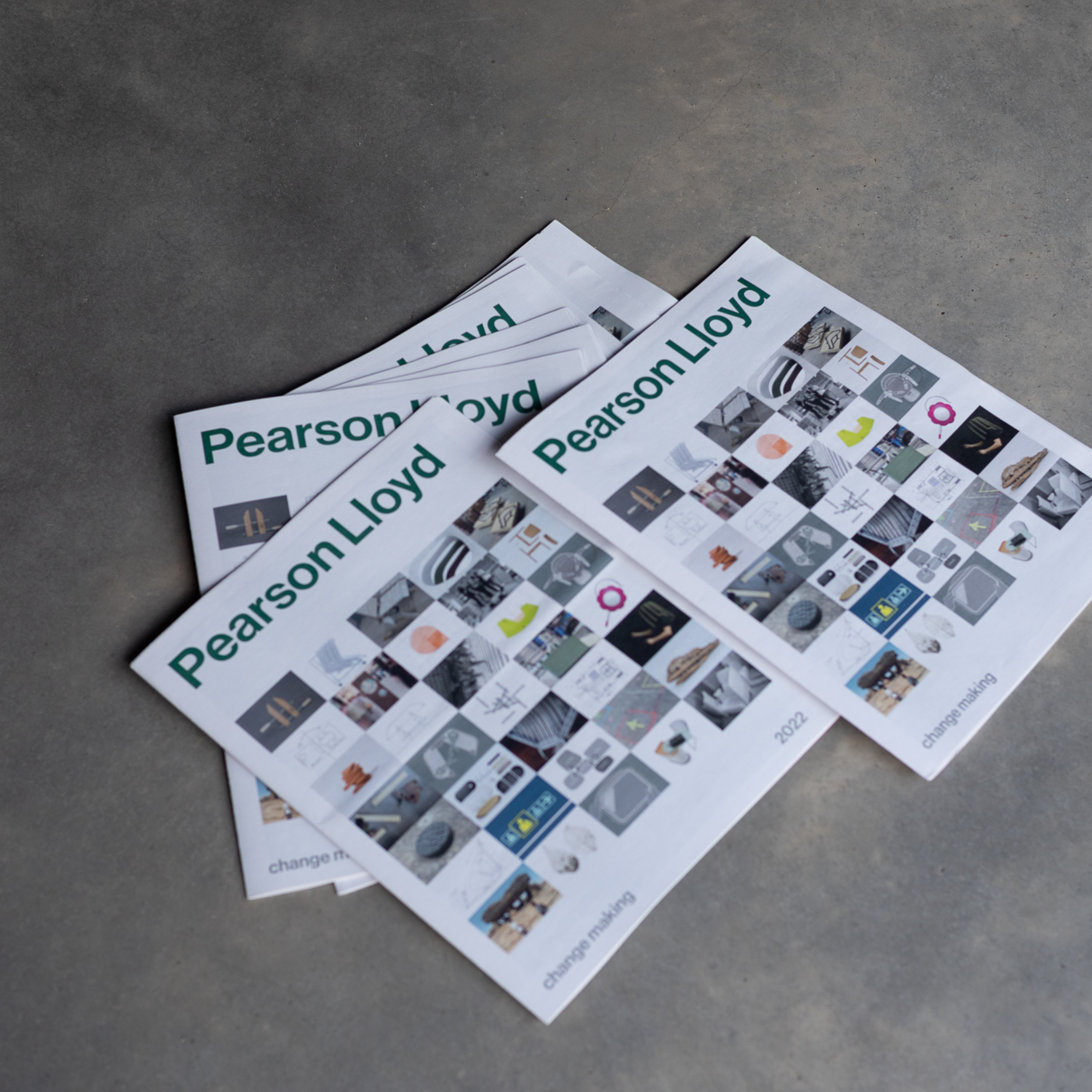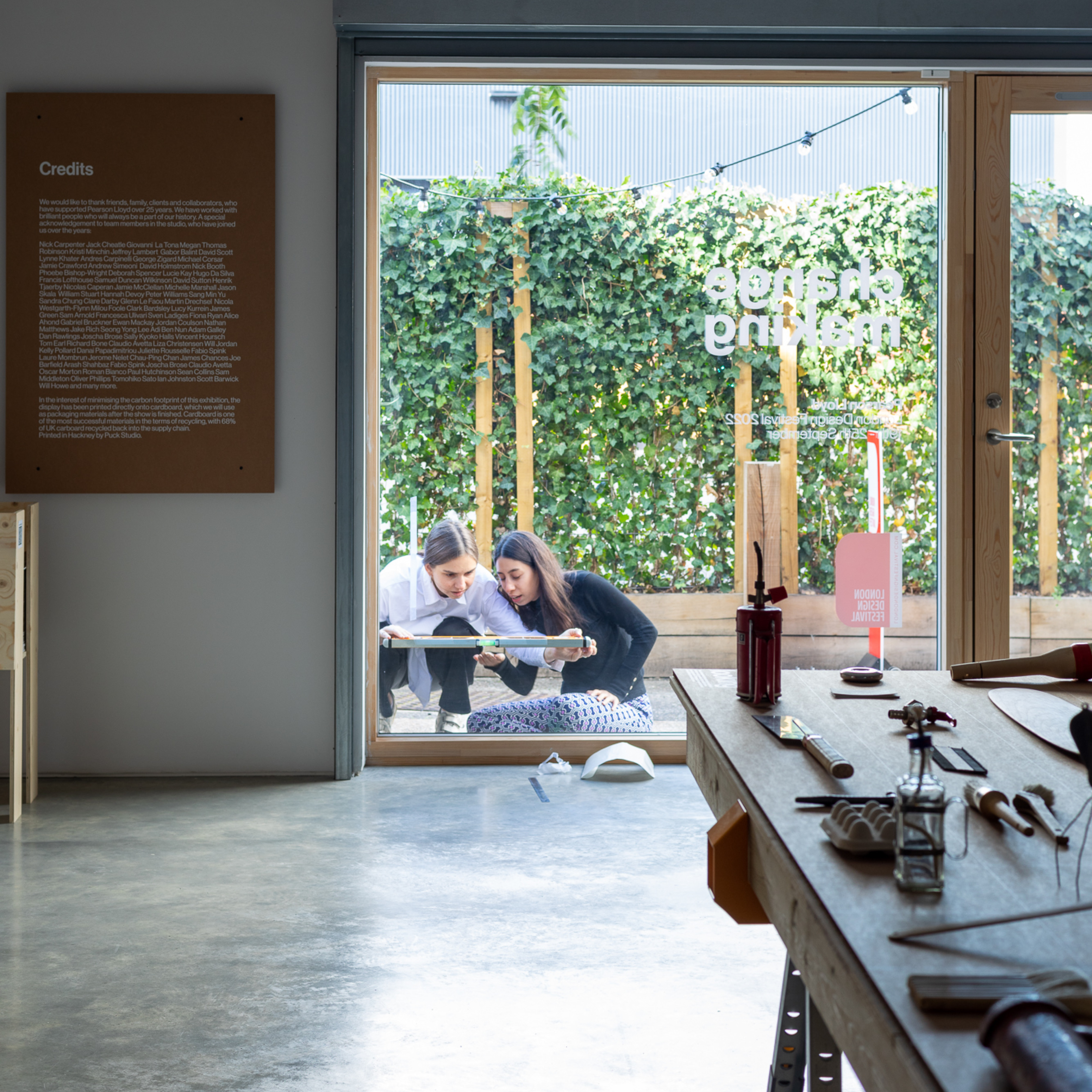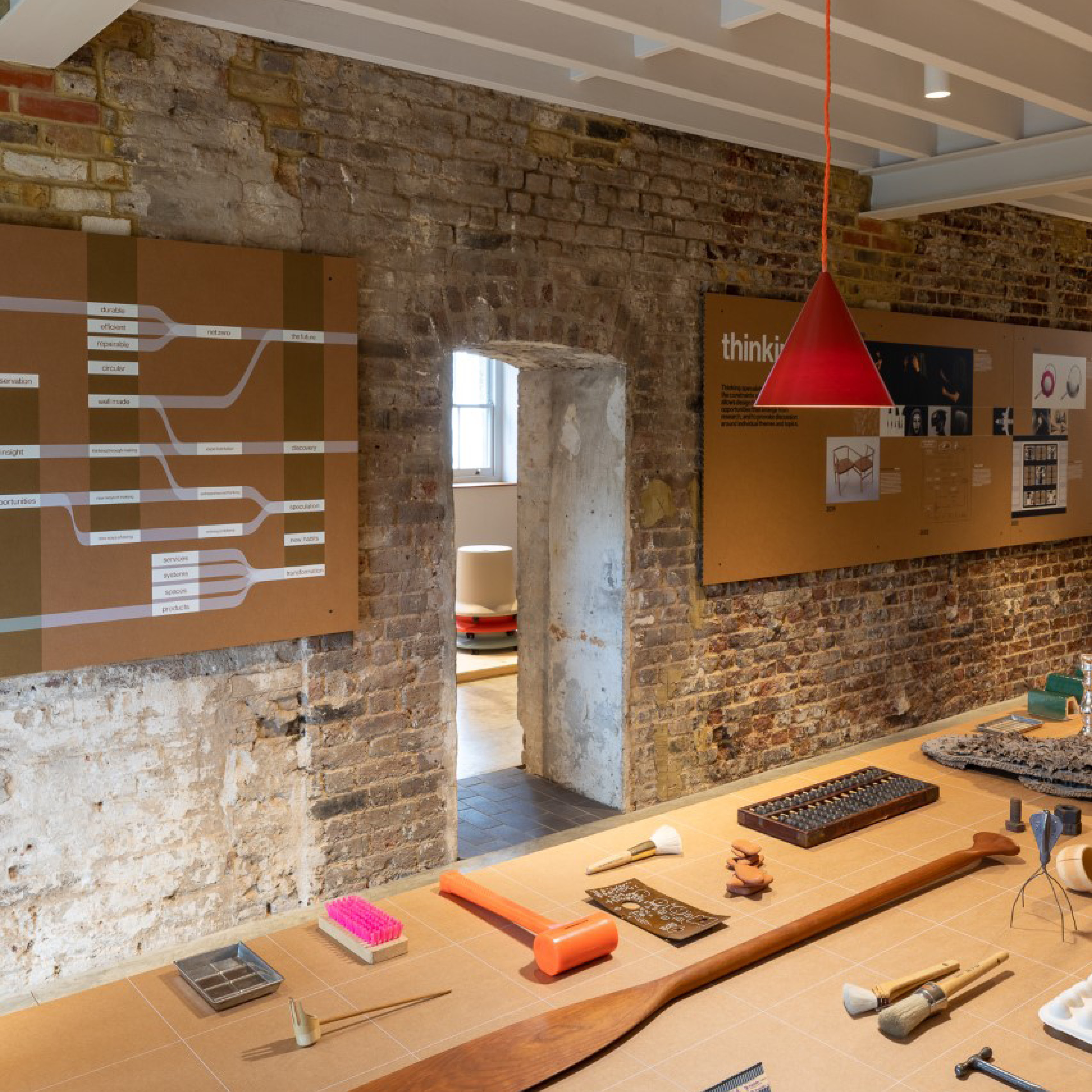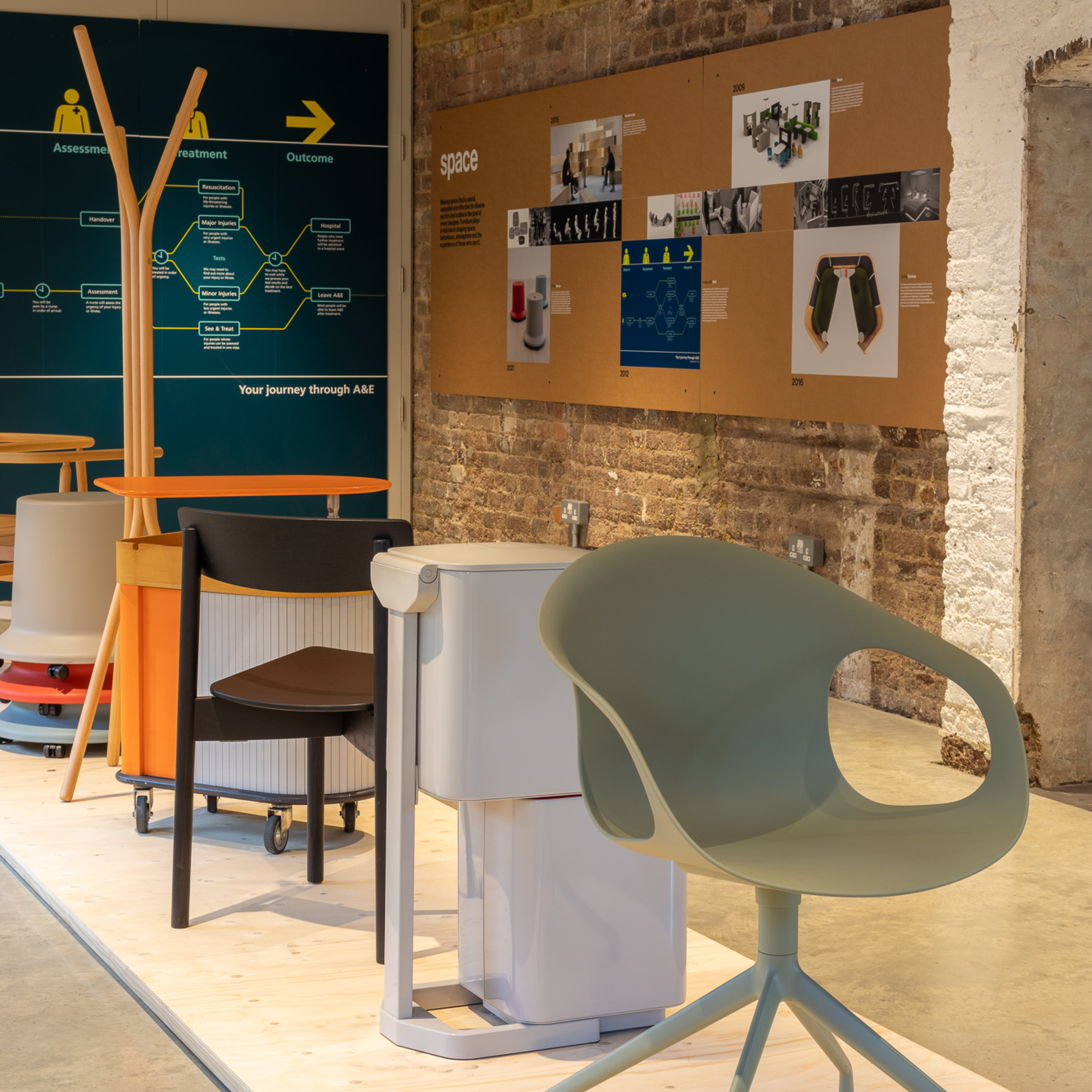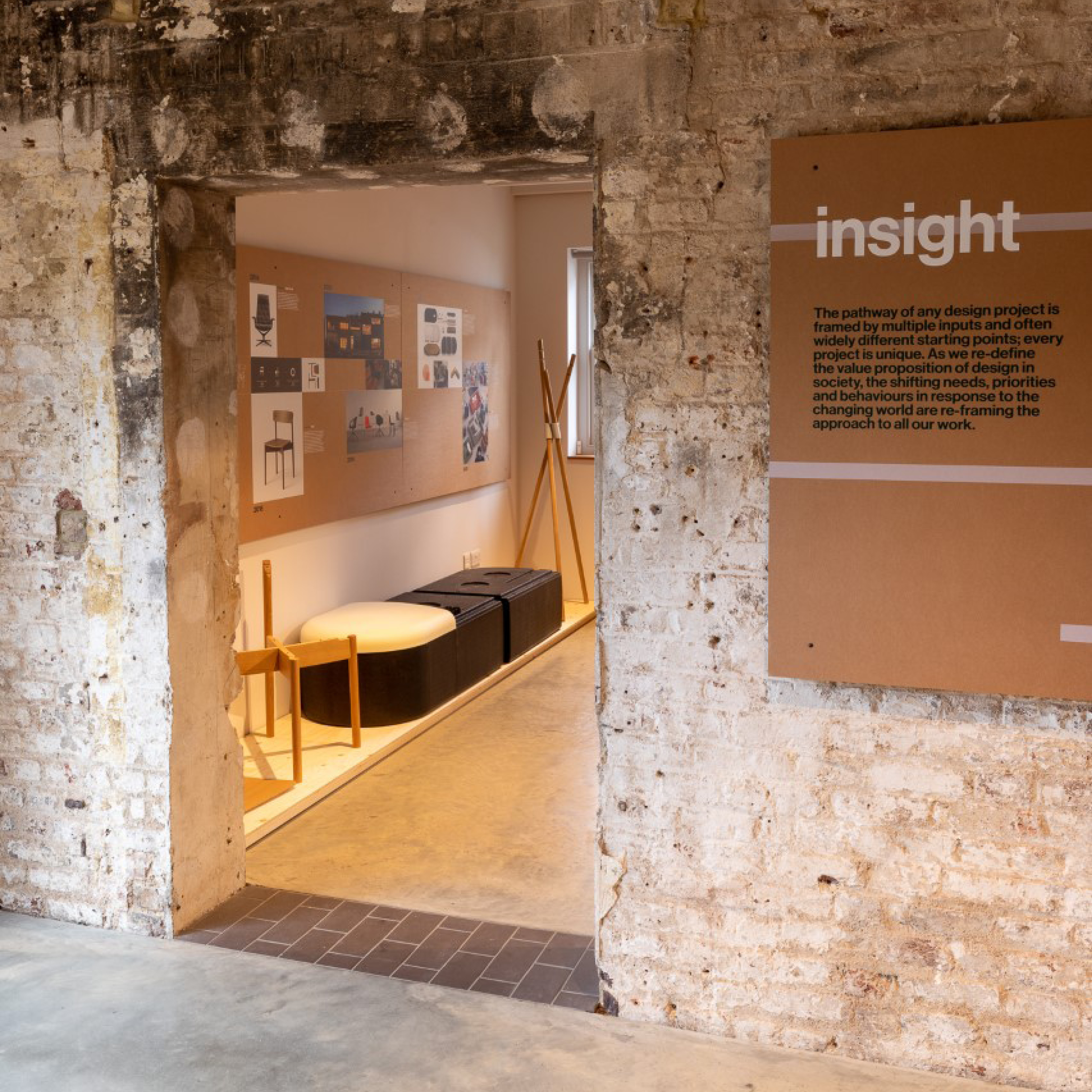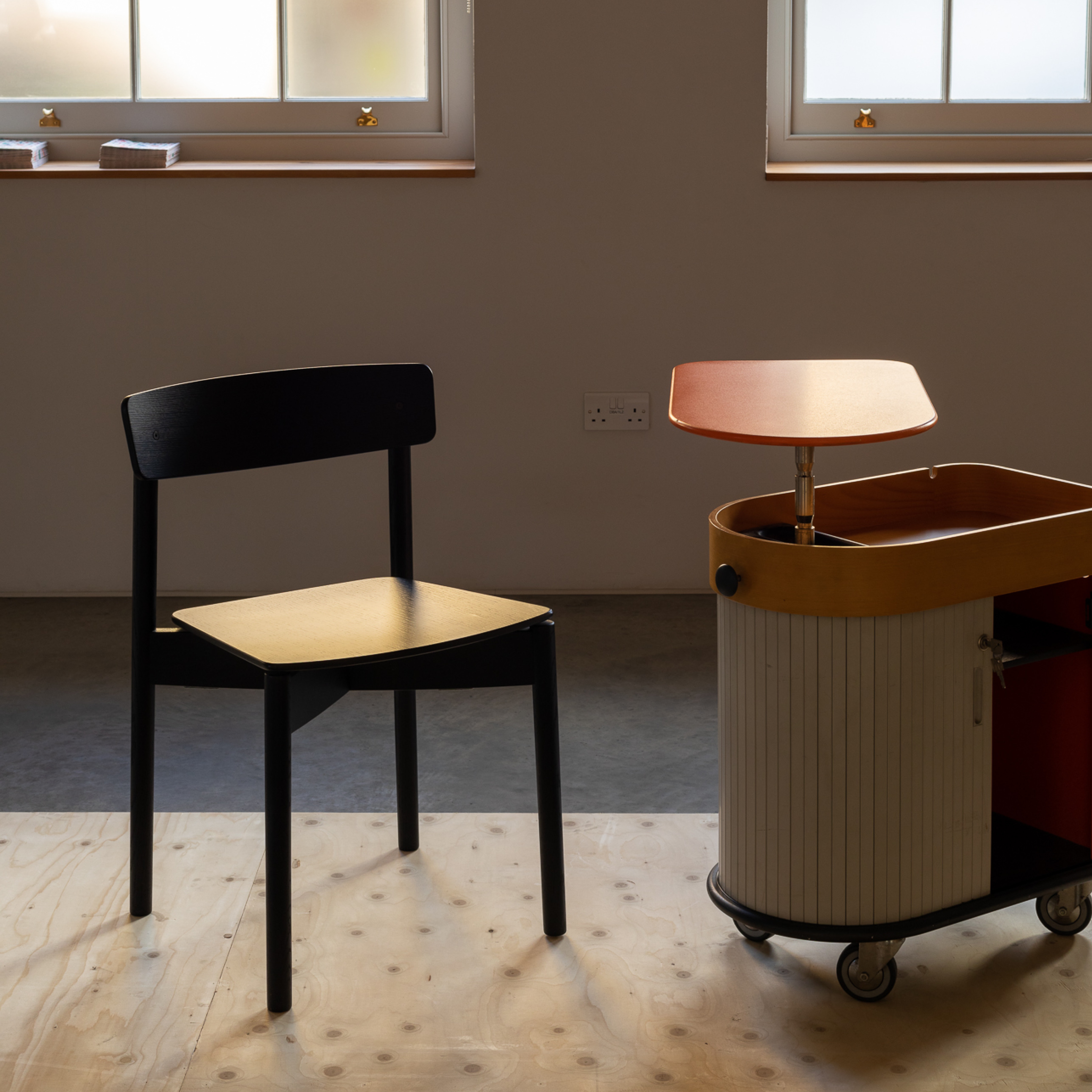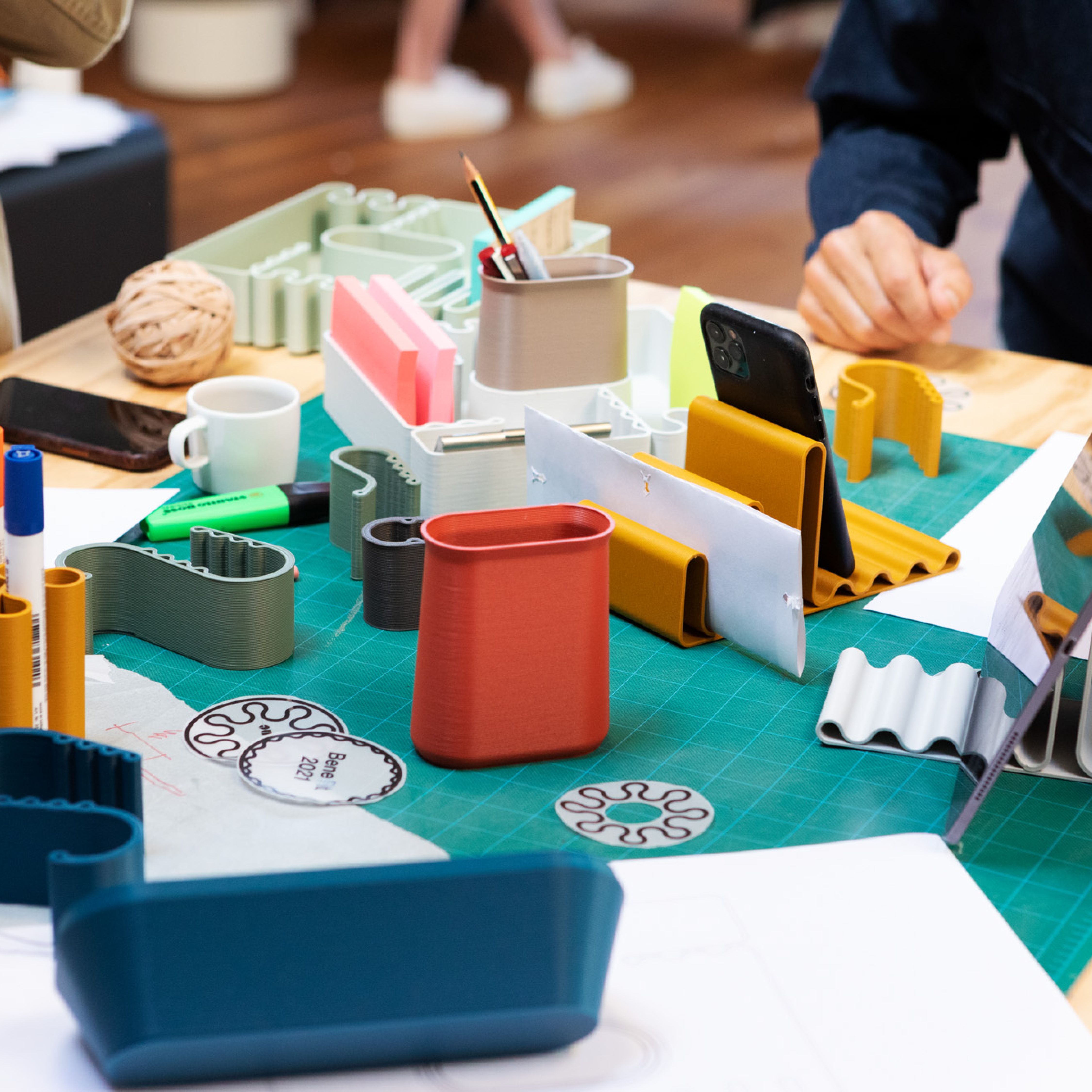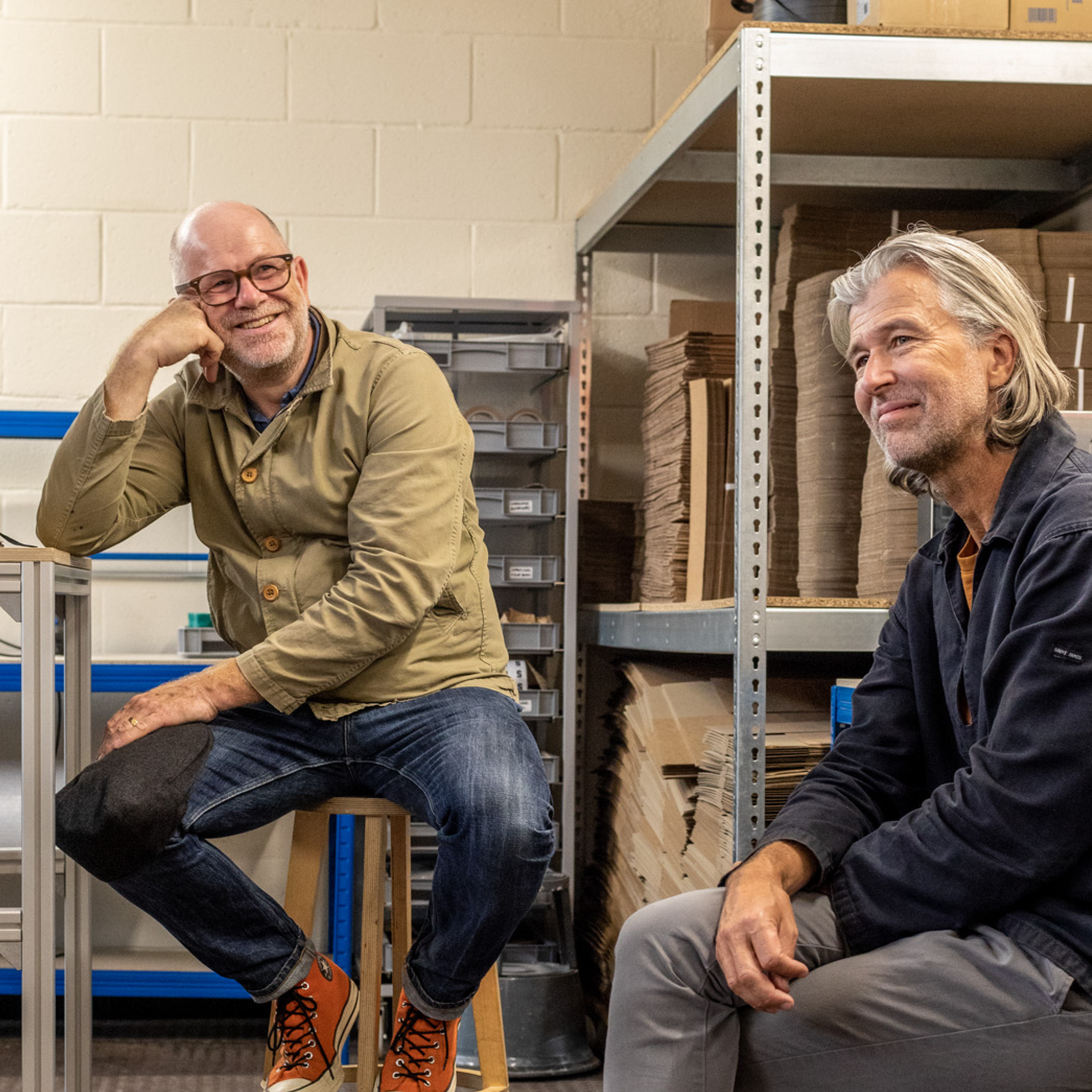Change Making retraces the work of Pearson Lloyd through the lens of the 25 years of social, demographic, and technological change.
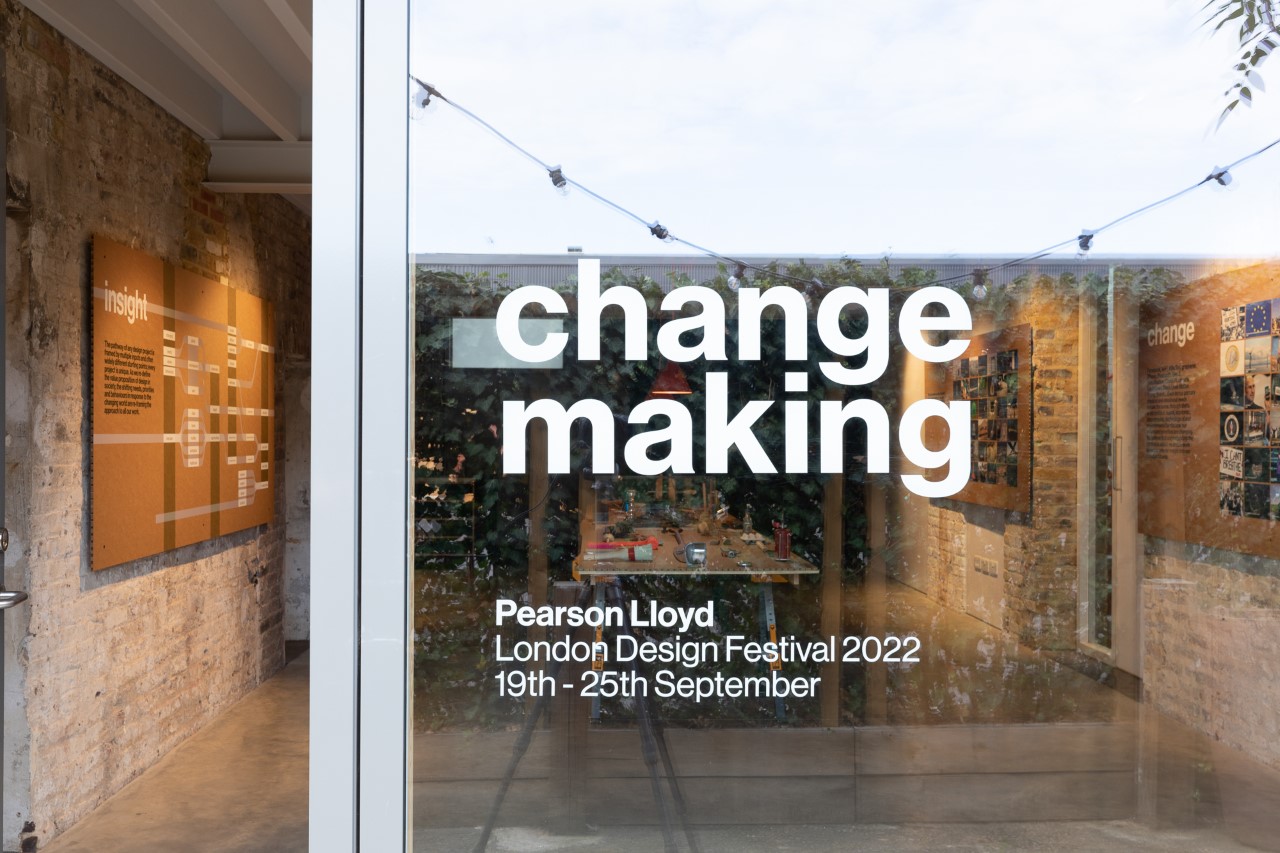
Since 1997, Pearson Lloyd has designed for the future. In that time, the world has transformed. The challenges faced by our society and our planet have evolved, becoming ever more urgent and complex, and the solutions we design today are shaped by different values than yesterday. The environments in which we live, work and travel – and the products and systems that define them – are in flux.
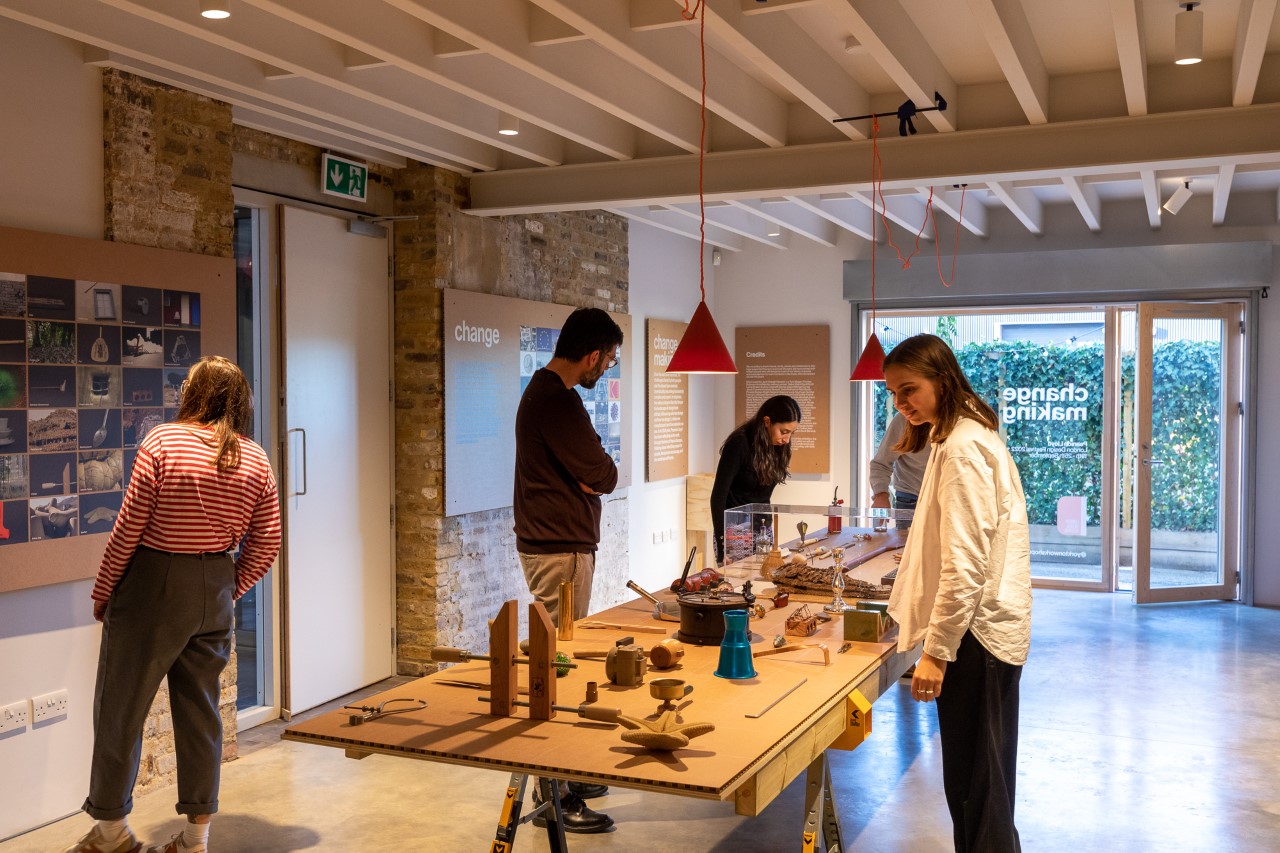
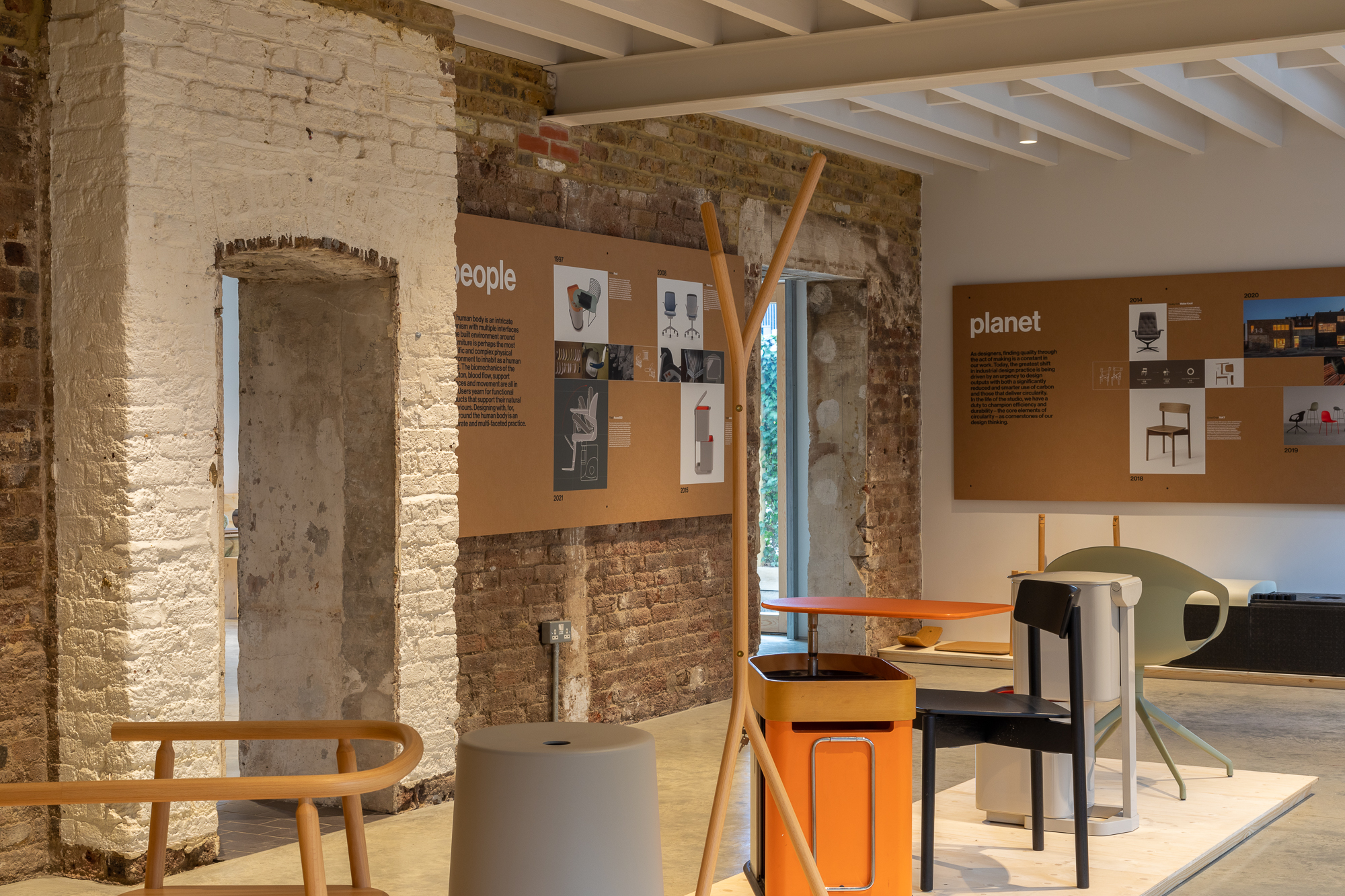
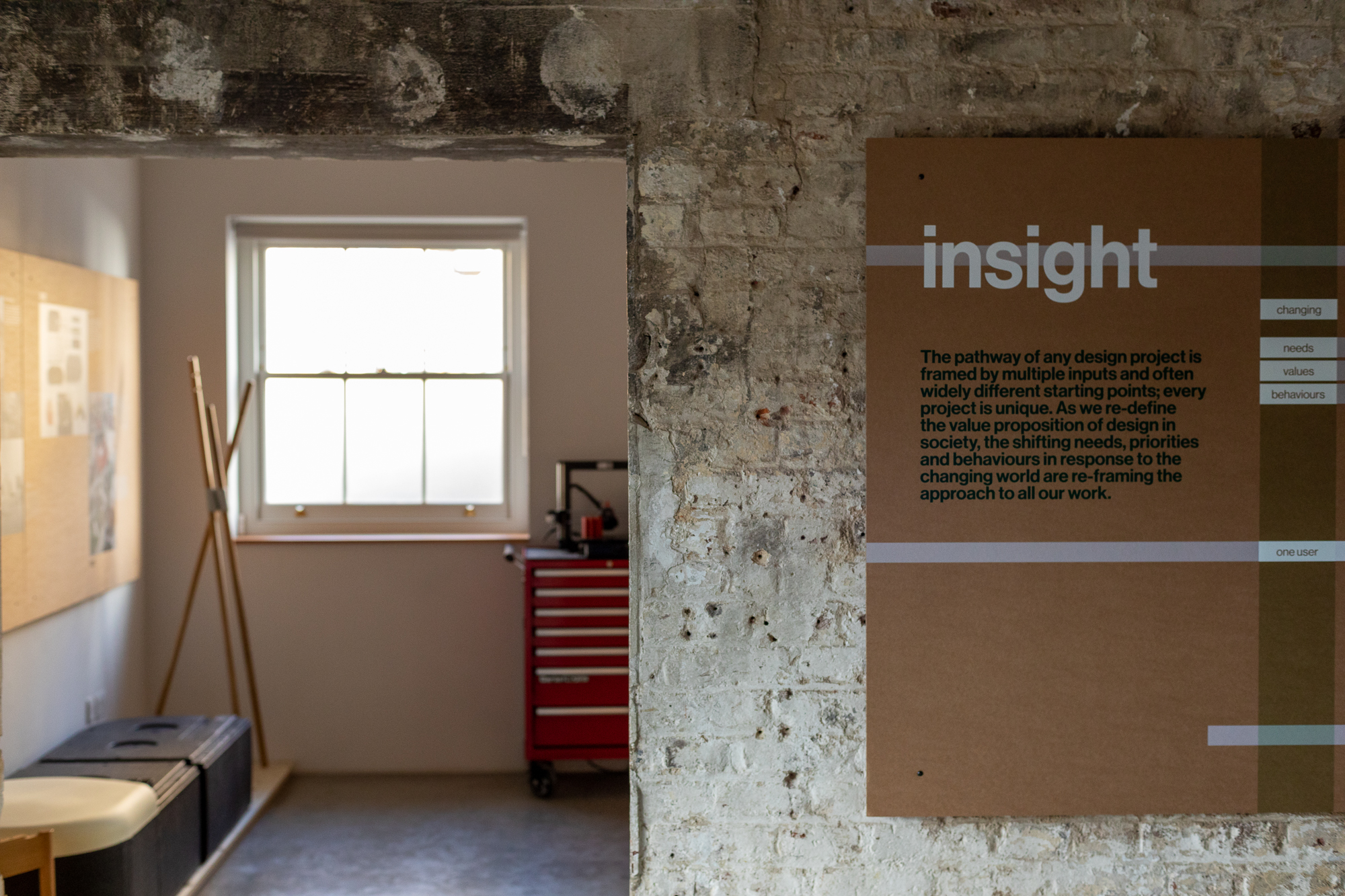
“Over the last three decades, the challenges faced by both people and the planet have evolved dramatically, becoming increasingly complex and urgent. In response, the values and priorities that shape the landscape of design have shifted, influencing what we design and how we design it, where we manufacture it, and the materials we use. In its 25th year, Pearson Lloyd has been reflecting on its work through the lens of these changes, thinking about what they mean for people, the spaces we occupy, and the world we call home.” Tom Lloyd
Change Making delves into the past two and a half decades to explore key pieces of Pearson Lloyd design, revealing the ideas and decisions that made them what they are. Why do they work? What do they say about the design landscape of the time? And what might be different if they were made today?
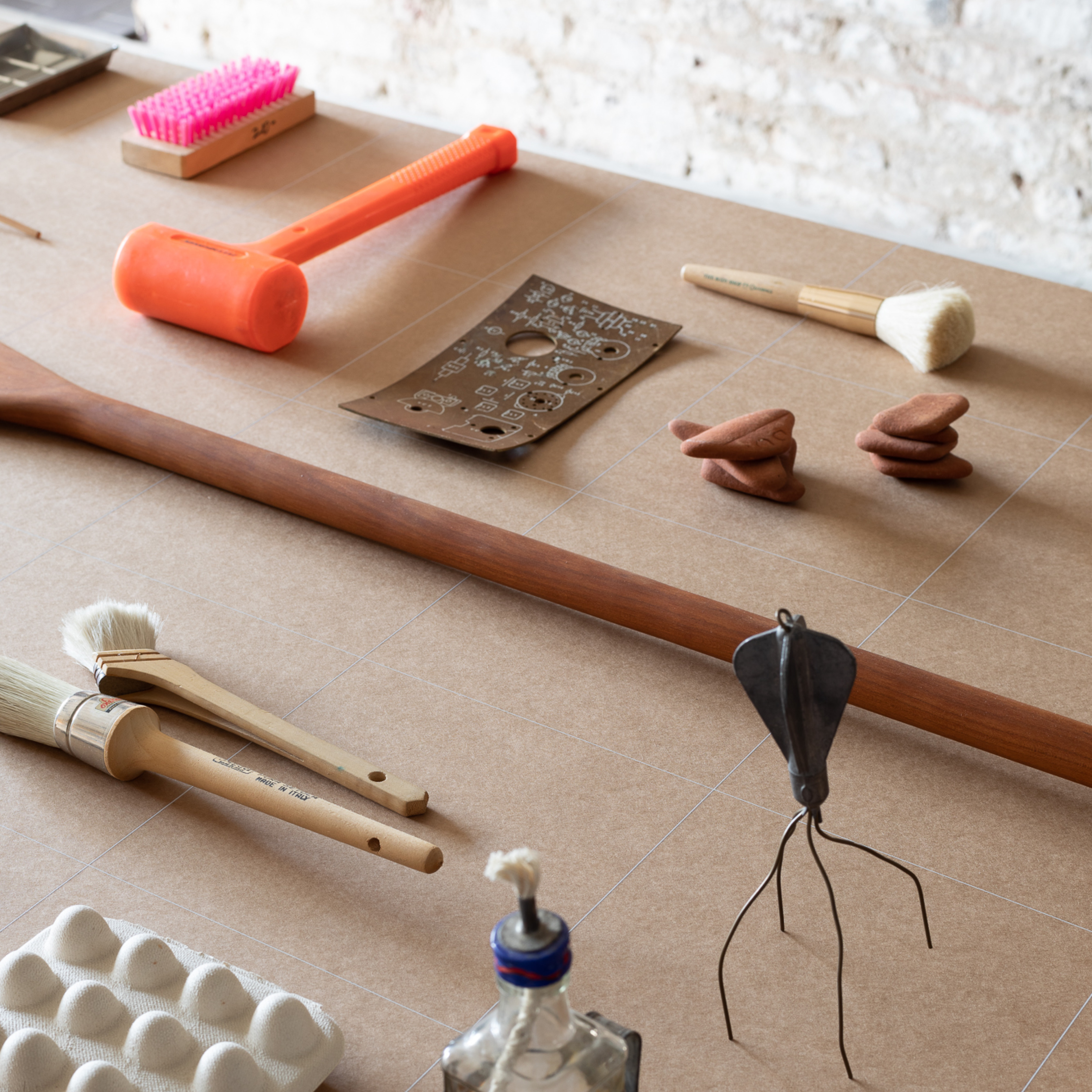
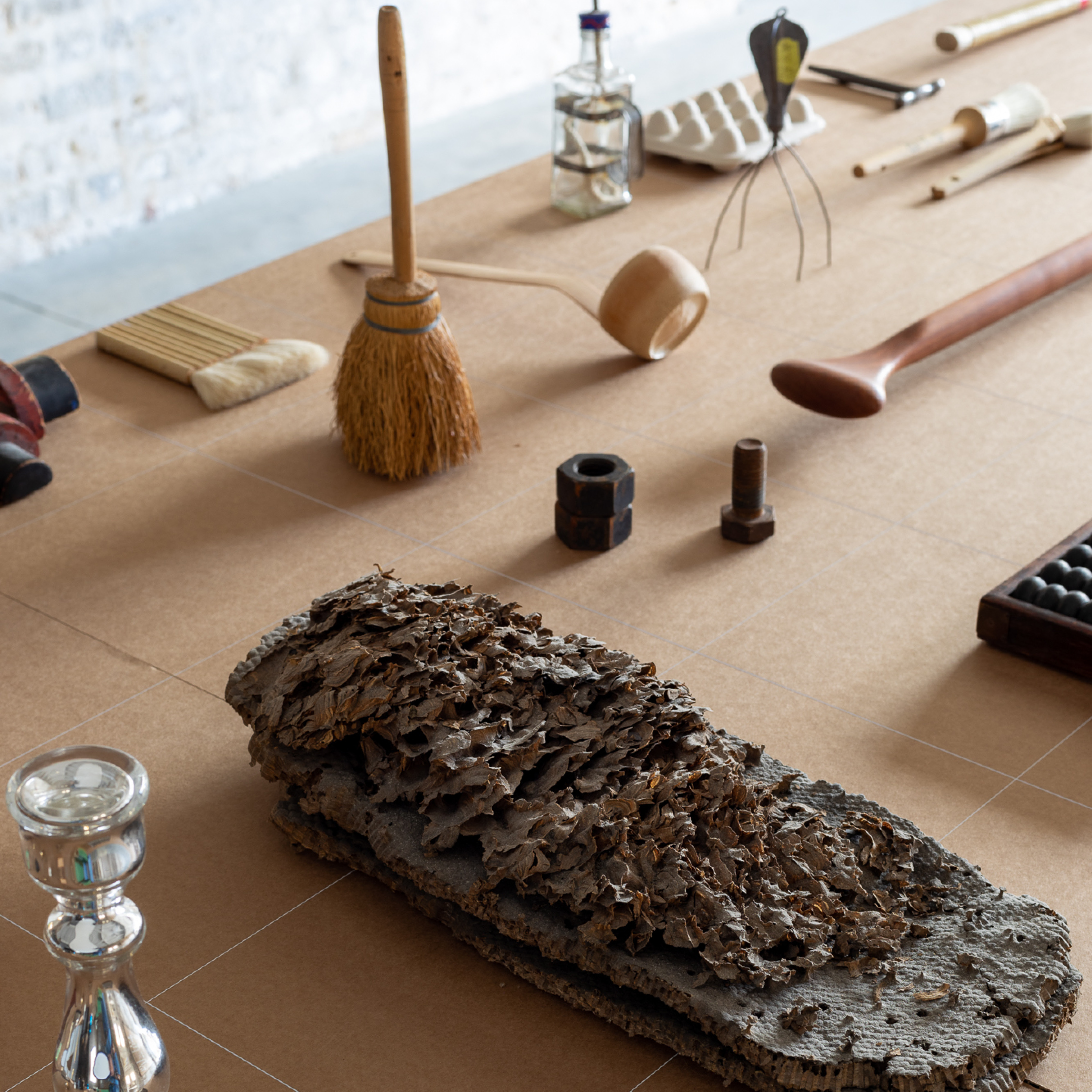
For 25 years, Pearson Lloyd has created designs that embrace innovations in materials and manufacturing, outlast shifting aesthetic trends, pre-empt changing consumer behaviours, and withstand the test of time. Working strategically with brands, businesses, institutions and public bodies, the studio has developed systems and services that drive behavioural shifts to ensure positive outcomes, as well as products that provide genuine, life-enhancing benefits to their users.
One of these projects that embraced innovations in materials, manufacturing and accessibility was Flow X, Access BDD.
“The stair lift platform resulting in the S200 and FlowX originally designed for Thyssenkrupp was a hugely complex project. The folding concept was an entirely innovative proposition requiring very complex engineering on the one hand but also ergonomic testing on the other. Engineering was demanding because we have a huge amount of technology in a small envelope. The ambition was to keep this as small as possible to give as much space back to the user. We didn’t want the lift to look complex so we could focus attention on how to use it easily.
Beyond the relative simplicity of static comfort, the stairlift had to cater for transitioning from a wheelchair but also assist a user in standing and sitting. Predicting and understanding exactly how hard this is, when you are young and able bodied, requires considerable research and testing to ensure assumptions and ideas are valid and optimal. Reduced mobility, strength, cognitive ability, sight, and hearing in varying combinations, produce a very complex set of problems to solve. Since its launch it’s been a huge success. This really is a project where we are designing for our future selves.” Luke Pearson
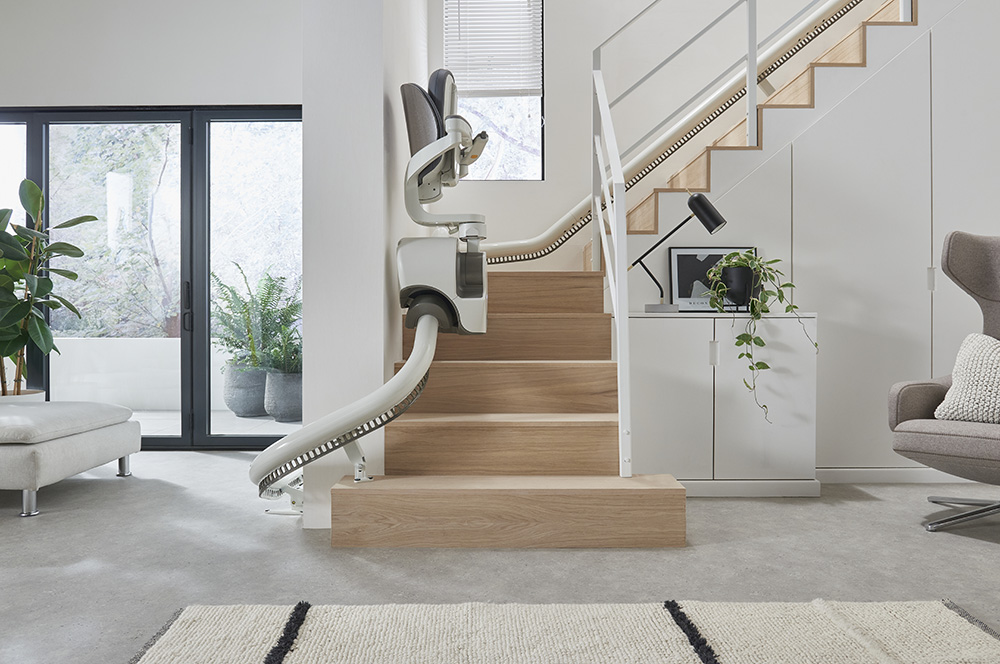
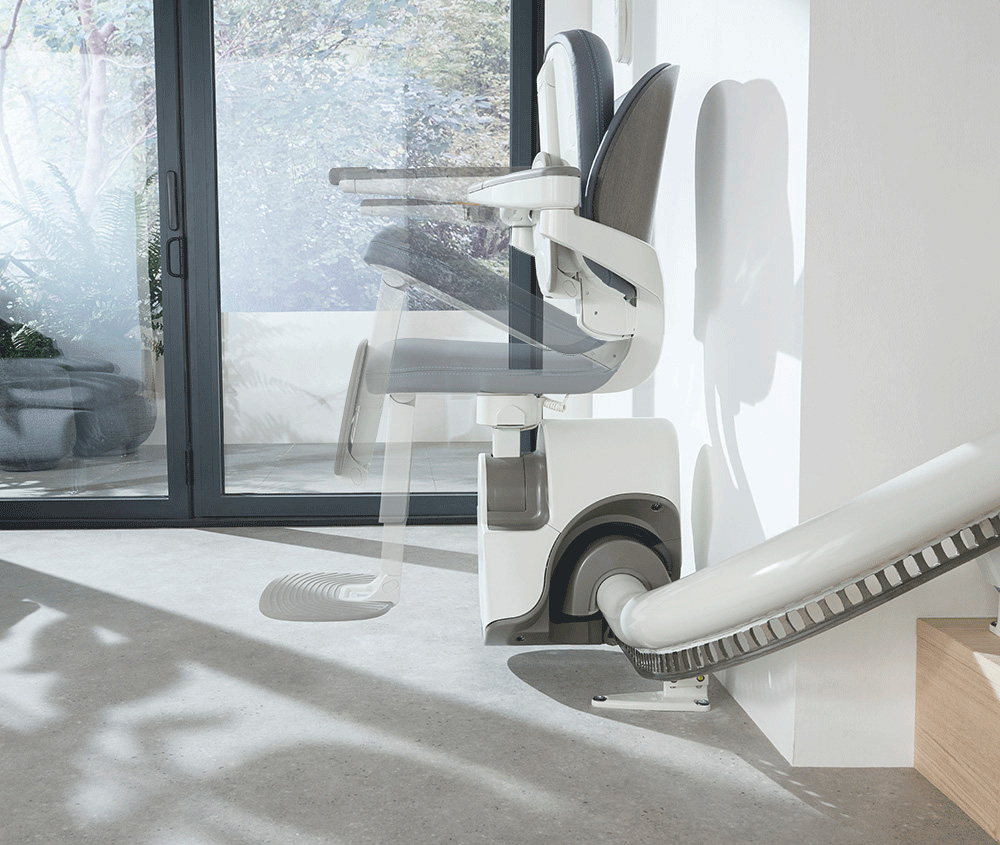
Another notable and more recent project, both featured in this exhibition and at Design Burger’s ‘Design Dialogues’ show at Milan Design Week 2022, was bFRIENDS for Bene.
“bFRIENDS desk accessory collection for Bene is made from discarded food packaging. The collection is 3D-printed from 100% recycled PLA, a cornstarch-derived bioplastic, diverted from landfill. The collection marks a small but significant step forward in the global drive to shift manufacturing from linear production methods to sustainable, closed-loop systems.” Tom Lloyd
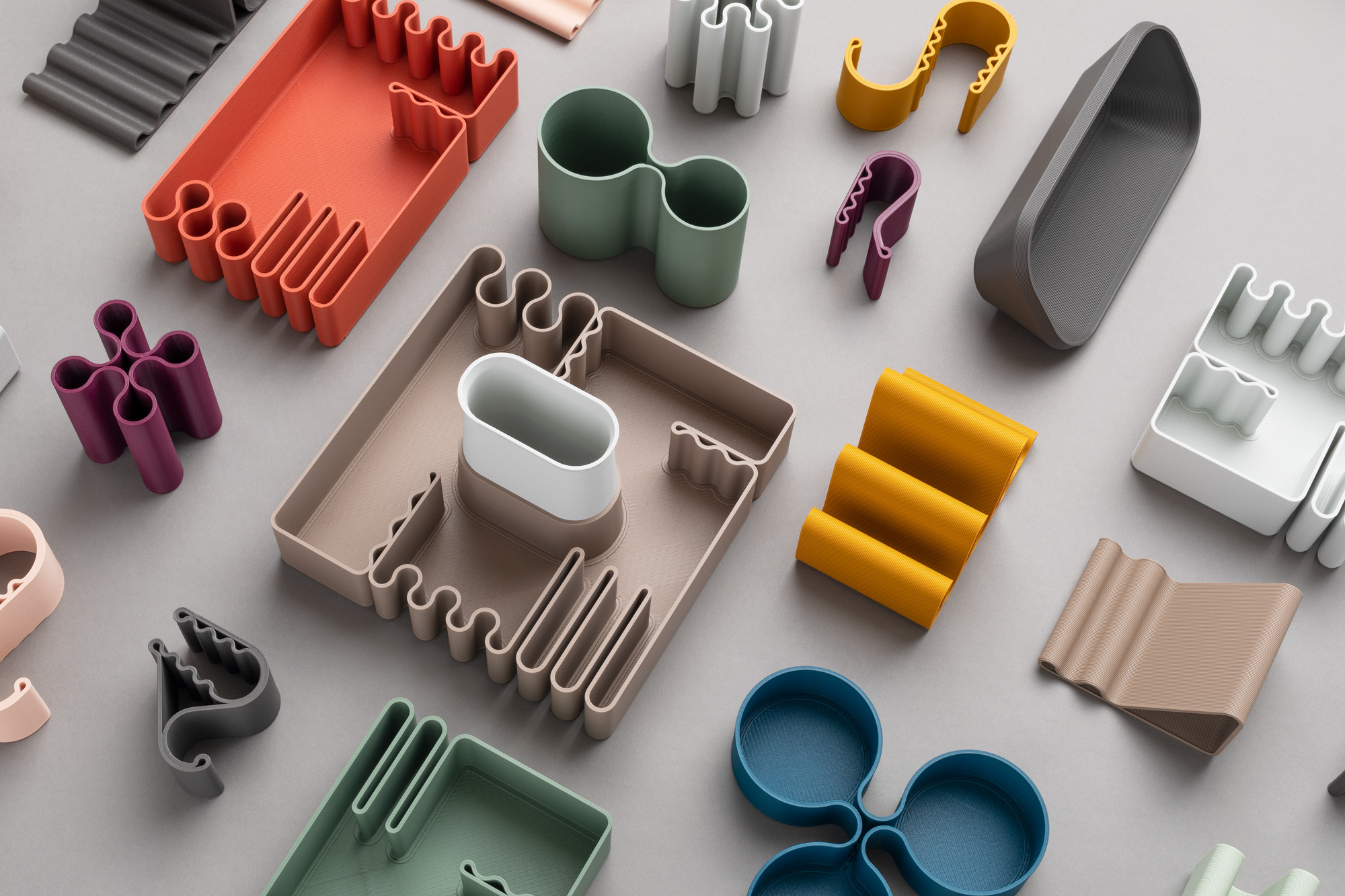
Taking in the design landscape of the present, the exhibition examines how changing values and priorities to new sustainable models, approaches and metrics of success that position the planet as a co-beneficiary of the making process. Exhibits will also look forward to the years ahead, considering how emerging technologies, new global challenges and further behavioural shifts are likely to change the landscape. What does it mean for an object to be ‘well made’ in a world where the values and stakeholders that define design are changing? How do we predict what those values might be in 25 years’ time? How do we best adapt to navigate the uncertainties ahead?
“Our purpose as designers has become more galvanised as we see resources dwindle, pollution increase, and social inequalities fail to have the recognition and attention they deserve. As we reflect on our journey, it now feels as if Design is being refocused as a critical tool to solve the problems of today and tomorrow. As designers we find ourselves on the front line, presented with the opportunity to implement positive change.” Luke Pearson
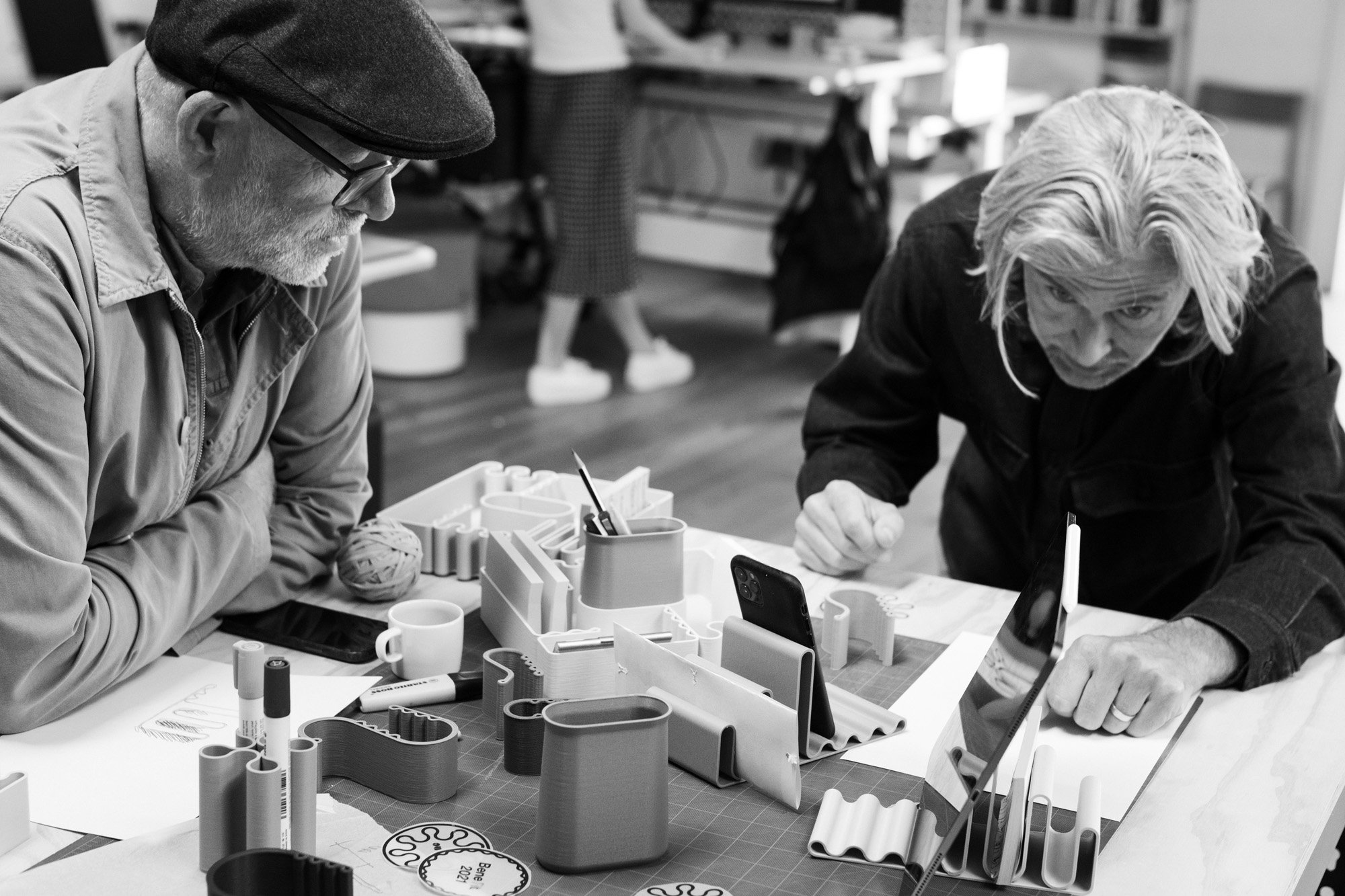
Change Making offers visitors an opportunity to consider how the design landscape has changed over the last 25 years; asks them to think about how and what we’re designing now; and challenges them to imagine how things might change in the future.
To check out more content from the exhibition and to view PearsonLloyd’s portfolio of work head over to their site.
